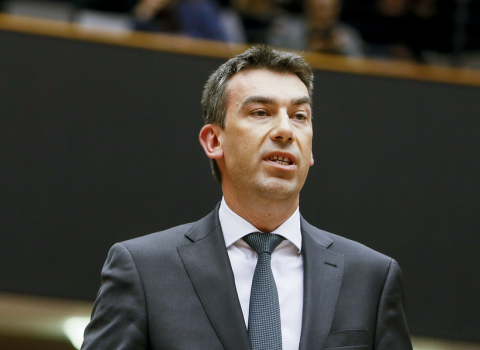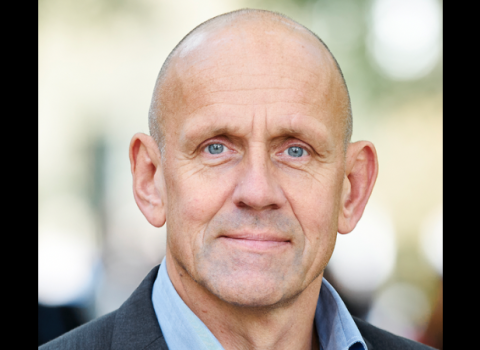Licensing opportunity
Scientists at Robert Gordon University in Scotland have developed a new system for video compression that works by “prioritizing” certain components of a video scene, in particular human faces and foreground objects. These components are sent with higher quality, resulting in improved overall quality.
This could be of particular benefit for face-to-face applications, including the specialist application of sign language communication for deaf users.
A prototype software system has been developed to demonstrate the Perceptually Optimised Video Compression concept. This performs the following functions:
Captures video from a camera (for example, a webcam)
Identifies the location of human faces in the video scene (face detection)
Tracks the dominant human face in the scene (face tracking)
Pre-filters (prioritises) the scene in order to emphasise the face and de-emphasise other regions (pre-filtering). The researchers have implemented two alternative pre-filters, including a novel variable bilateral filter.
Compressed (encodes) the video stream using RGU’s H.264 video encoder.
Transports the compressed video stream via the Internet
Decompresses (decodes) the video stream.
Displays the output on the PC screen.
The key benefits of this system are the reduced bandwidth requirements and an increase in video quality.
It can be used in IP-TV / IP video, PC based Video Conferencing, mobile video calling, video messaging and close circuit television systems.
For more information, view the project’s page at: http://www.university-technology.com/details/perceptually-optimised-video-compression



 A unique international forum for public research organisations and companies to connect their external engagement with strategic interests around their R&D system.
A unique international forum for public research organisations and companies to connect their external engagement with strategic interests around their R&D system.